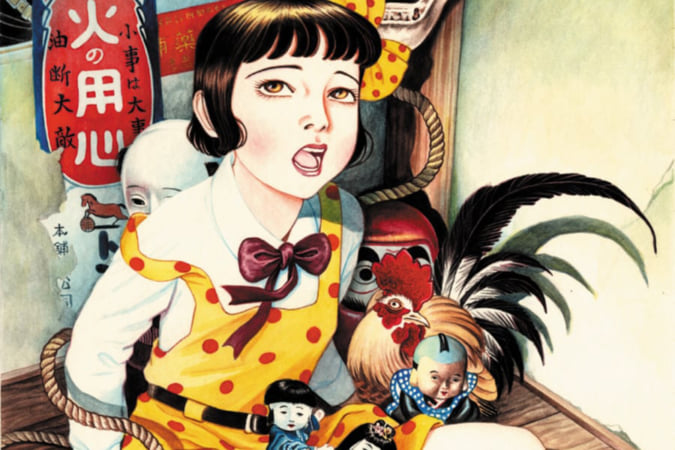Scotland’s First Design Museum, by Kengo Kuma
To mark his first project created on British soil, Japanese architect Kengo Kuma gave Scotland the V&A Dundee.
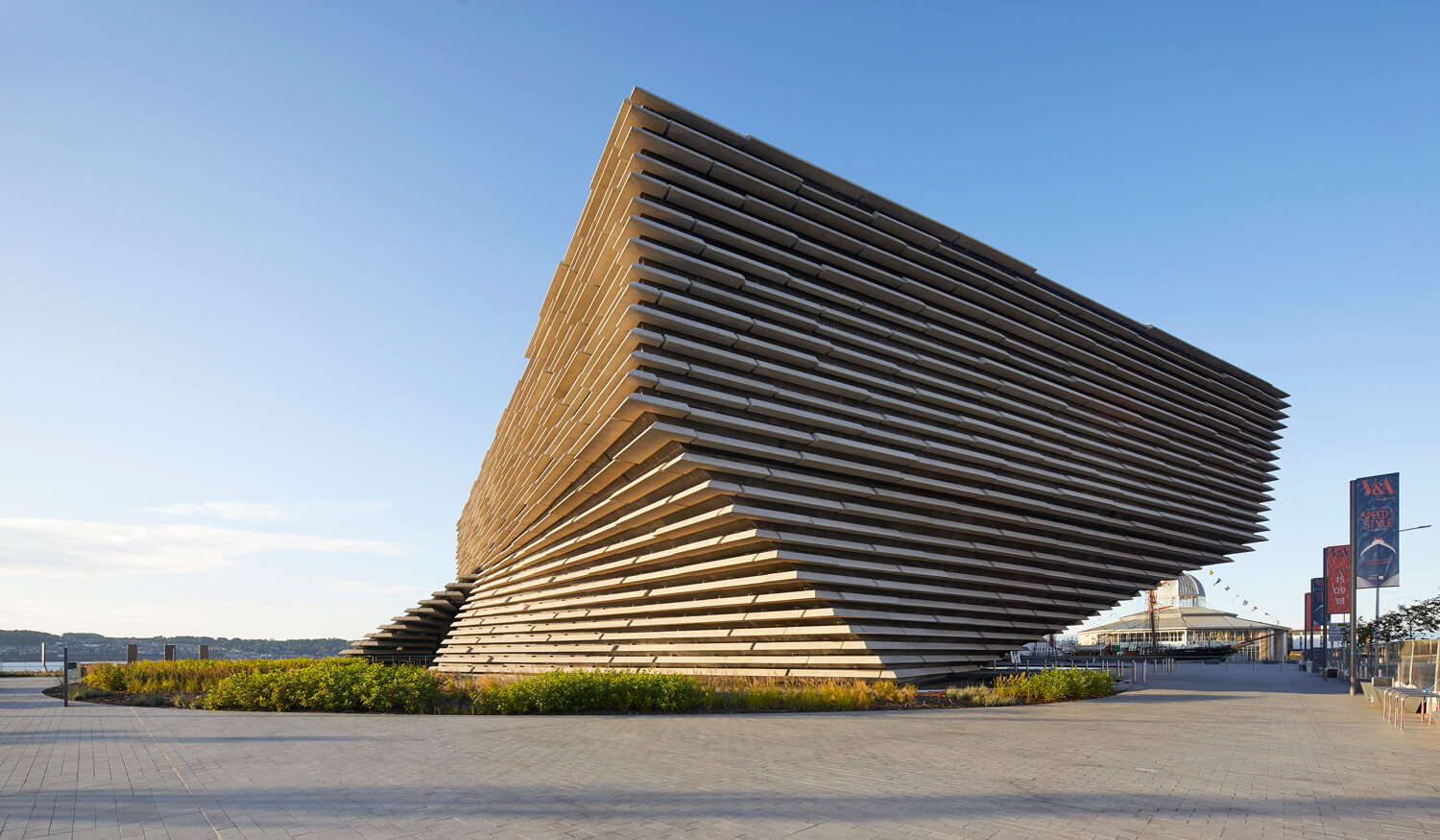
© Hufton+Crow
An angular building that doesn’t look unlike an ocean liner, the younger brother of the Victoria & Albert Museum in London overlooks the Tay, the longest river in Scotland. To develop its international aura, the V&A Dundee doesn’t simply rely on the fame and talent of the architect behind it.
Paying homage to the region’s cliffs
The space, ‘generous and informal’ according to Kengo Kuma (the creative force behind the Olympic Stadium for the Tokyo 2020 Games, amongst other projects), positions itself as a cosmopolitan and welcoming sharing space, open to tourists and the 150,000 residents of the city alike.
As ever, Kengo Kuma has made nature the central element of his vision. The two parts of the building are split by an opening which flows into the river like a tributary, giving visitors the impression of exploring an underwater grotto.
But the V&A Dundee pays homage to Scottish landscapes: all the concrete panels adorning the building were cut individually to give an uneven look. The way they are layered thus mimics the natural erosion of the cliffs in the region, exemplifying Kuma’s remarkable attention to detail.
V&A Dundee (2018), an architectural project by Kengo Kuma, can be found on his website.
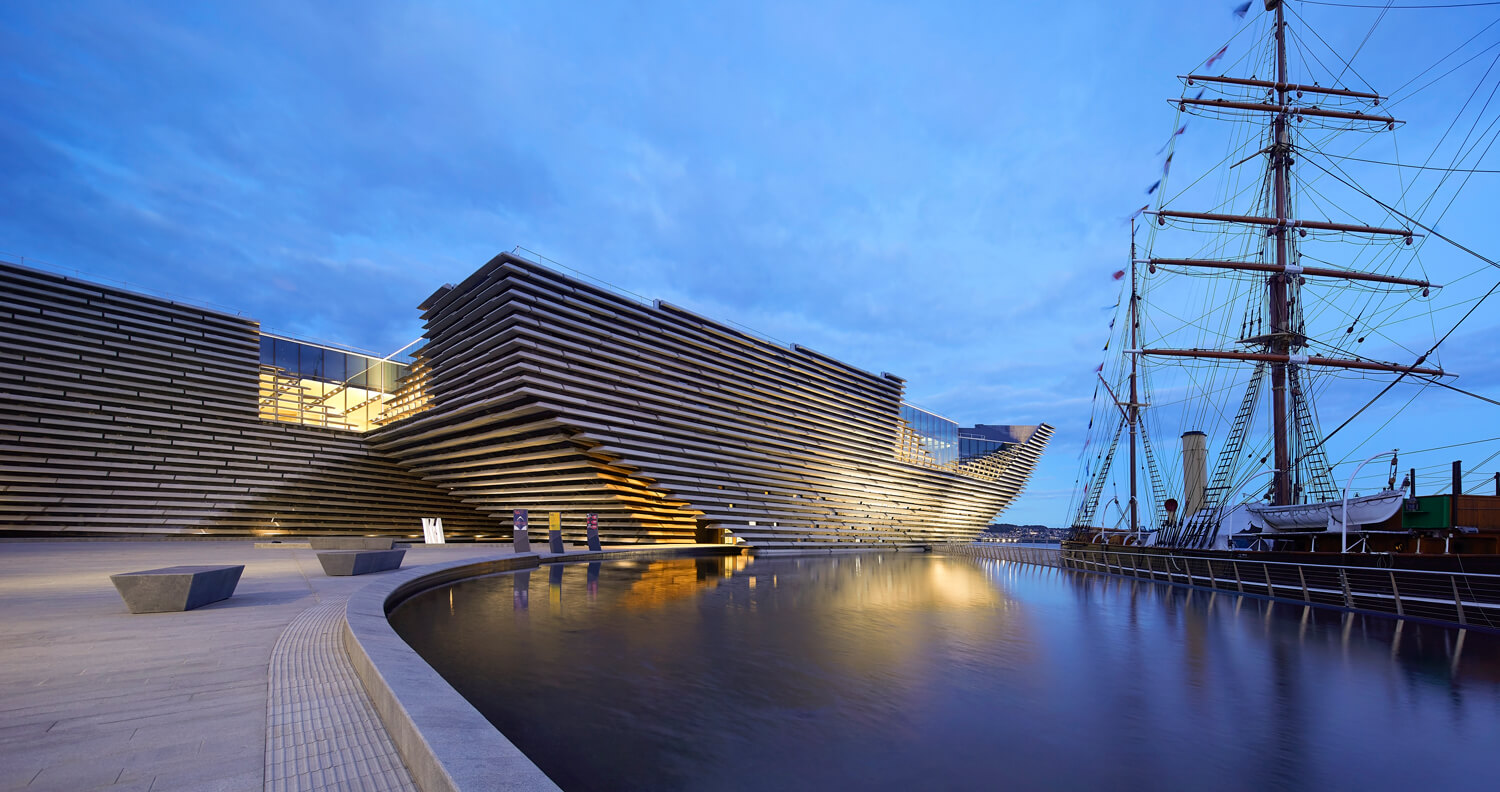
© Hufton+Crow
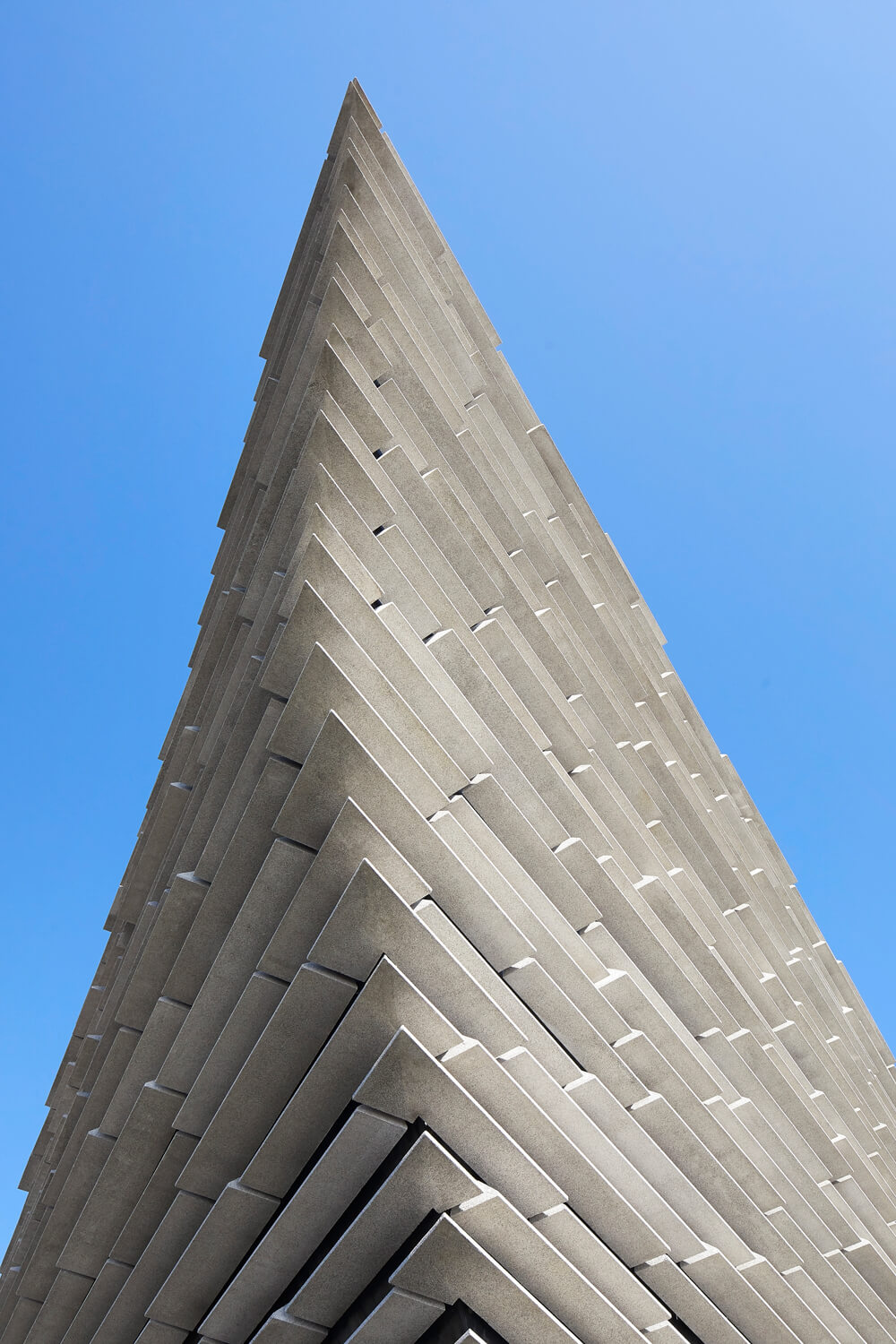
© Hufton+Crow
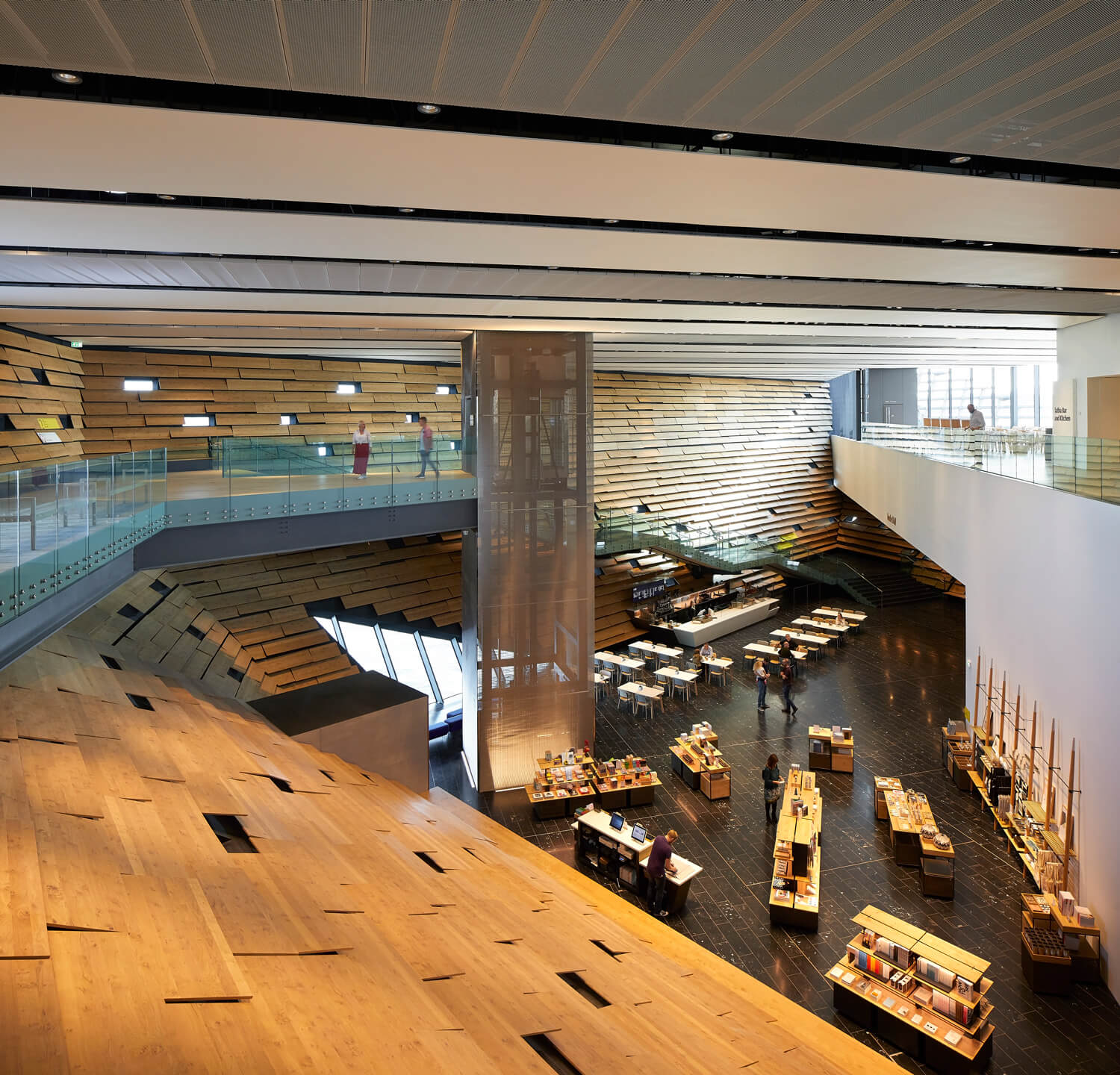
© Hufton+Crow
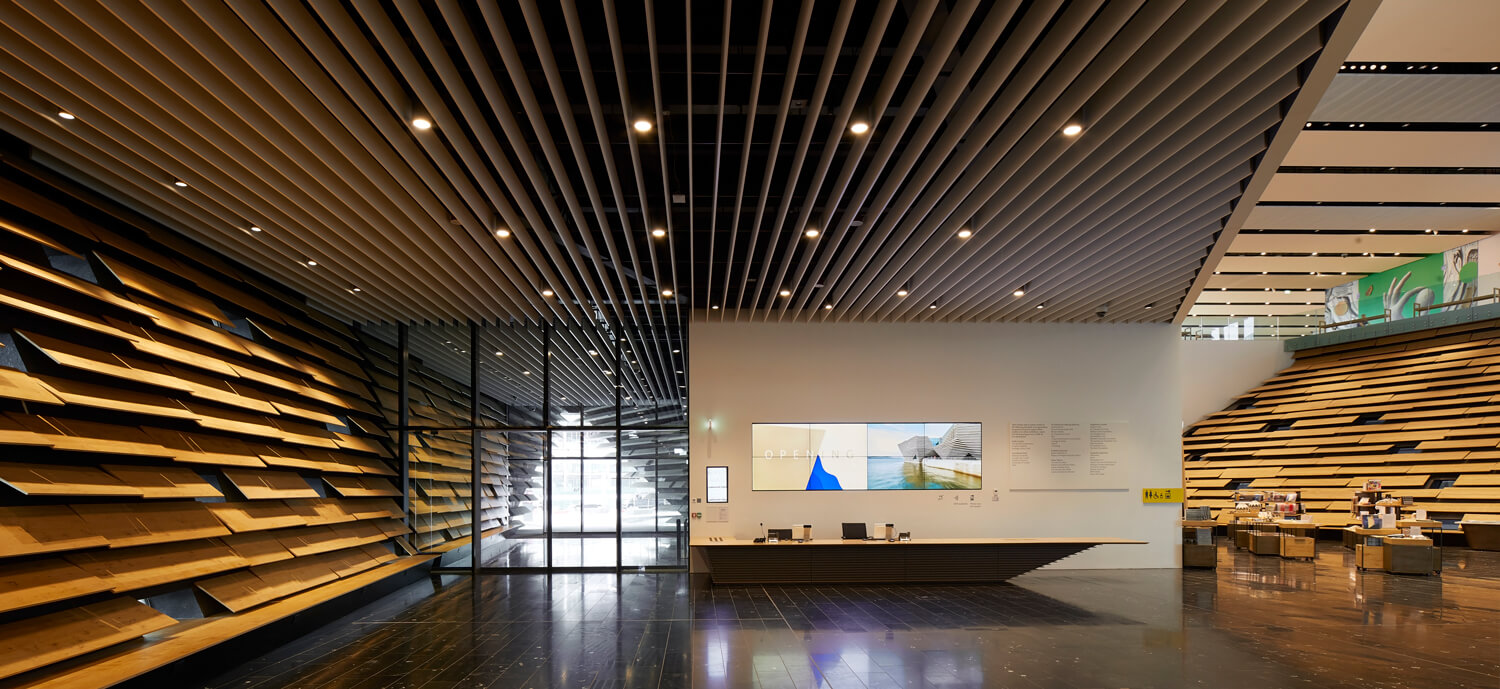
© Hufton+Crow
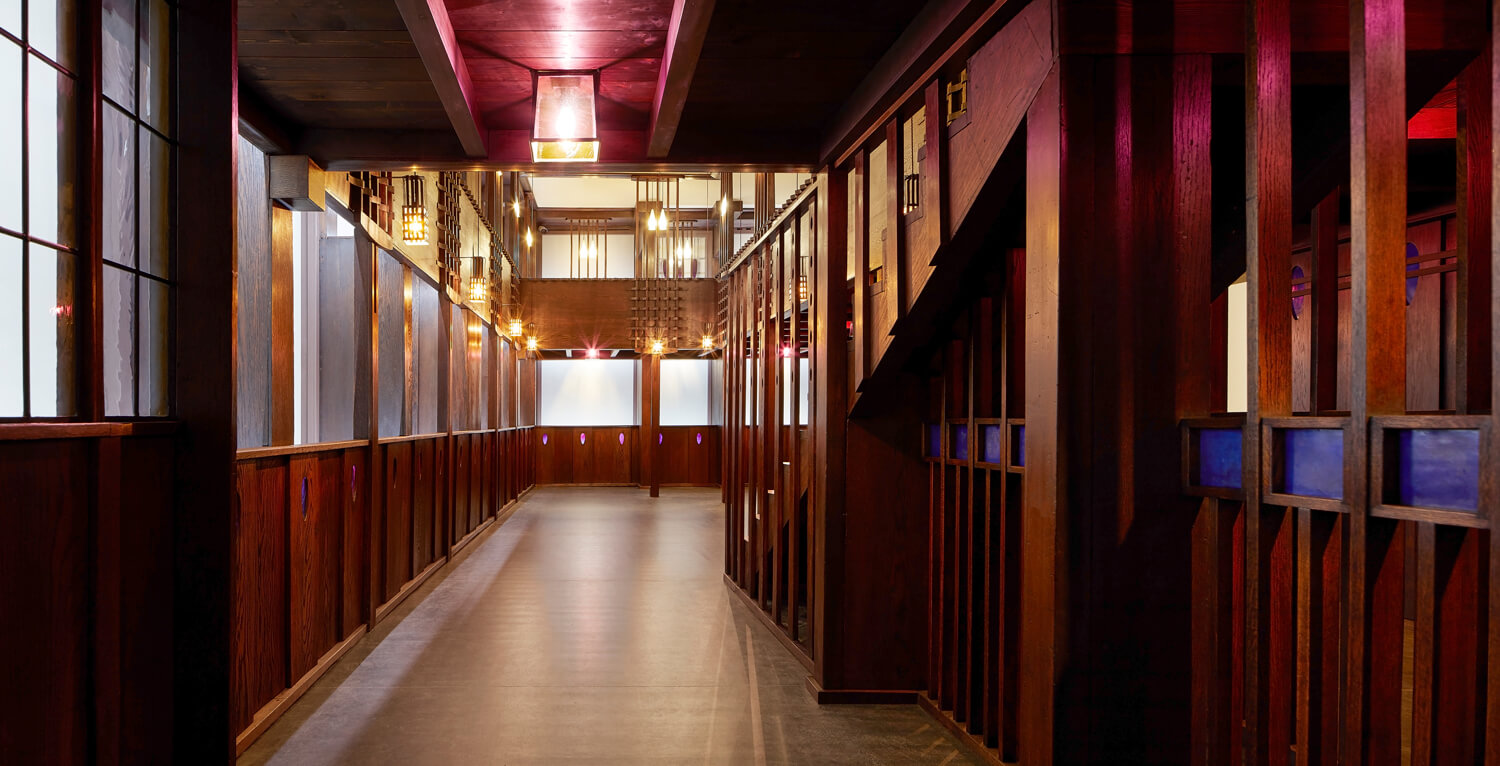
© Hufton+Crow
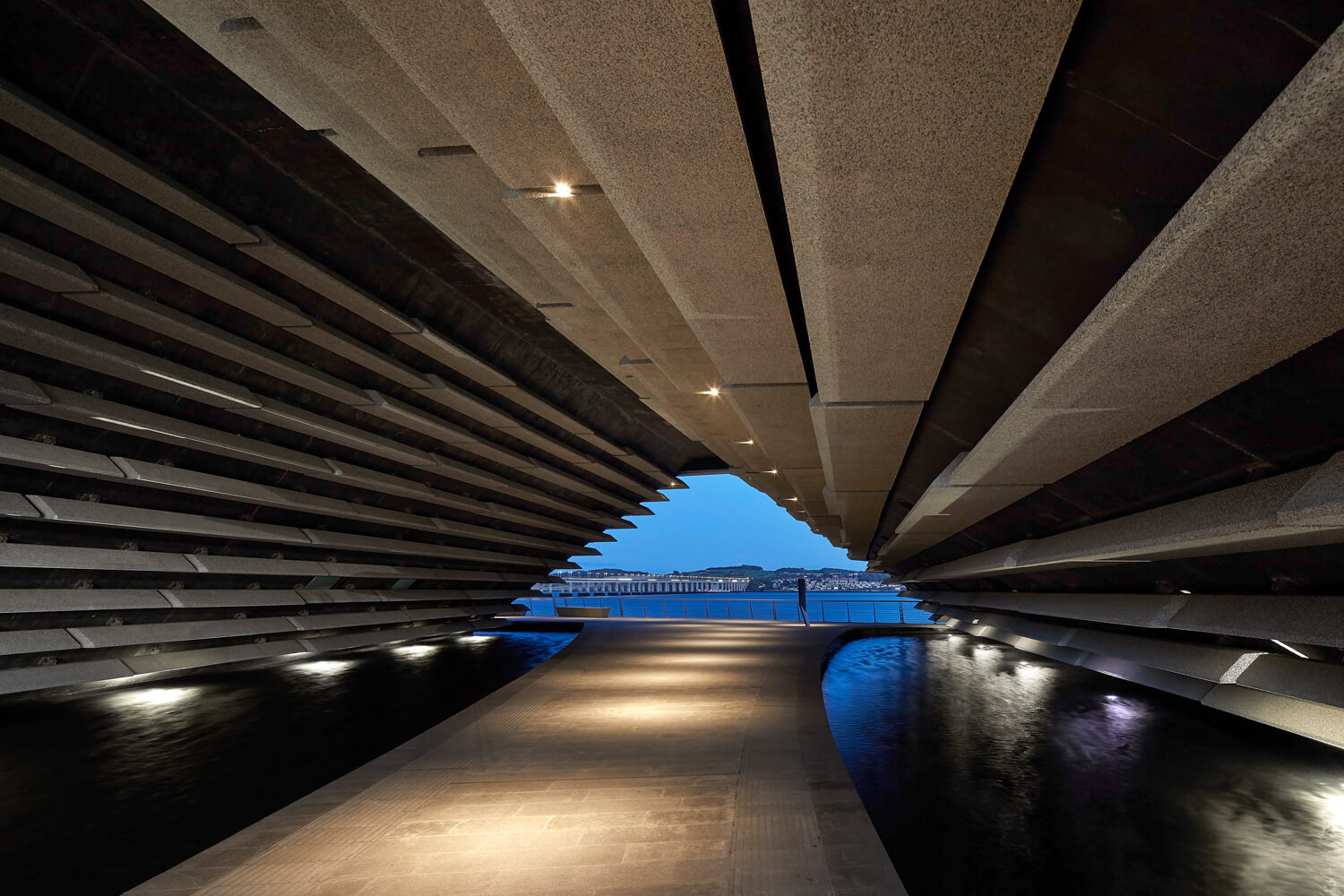
© Hufton+Crow
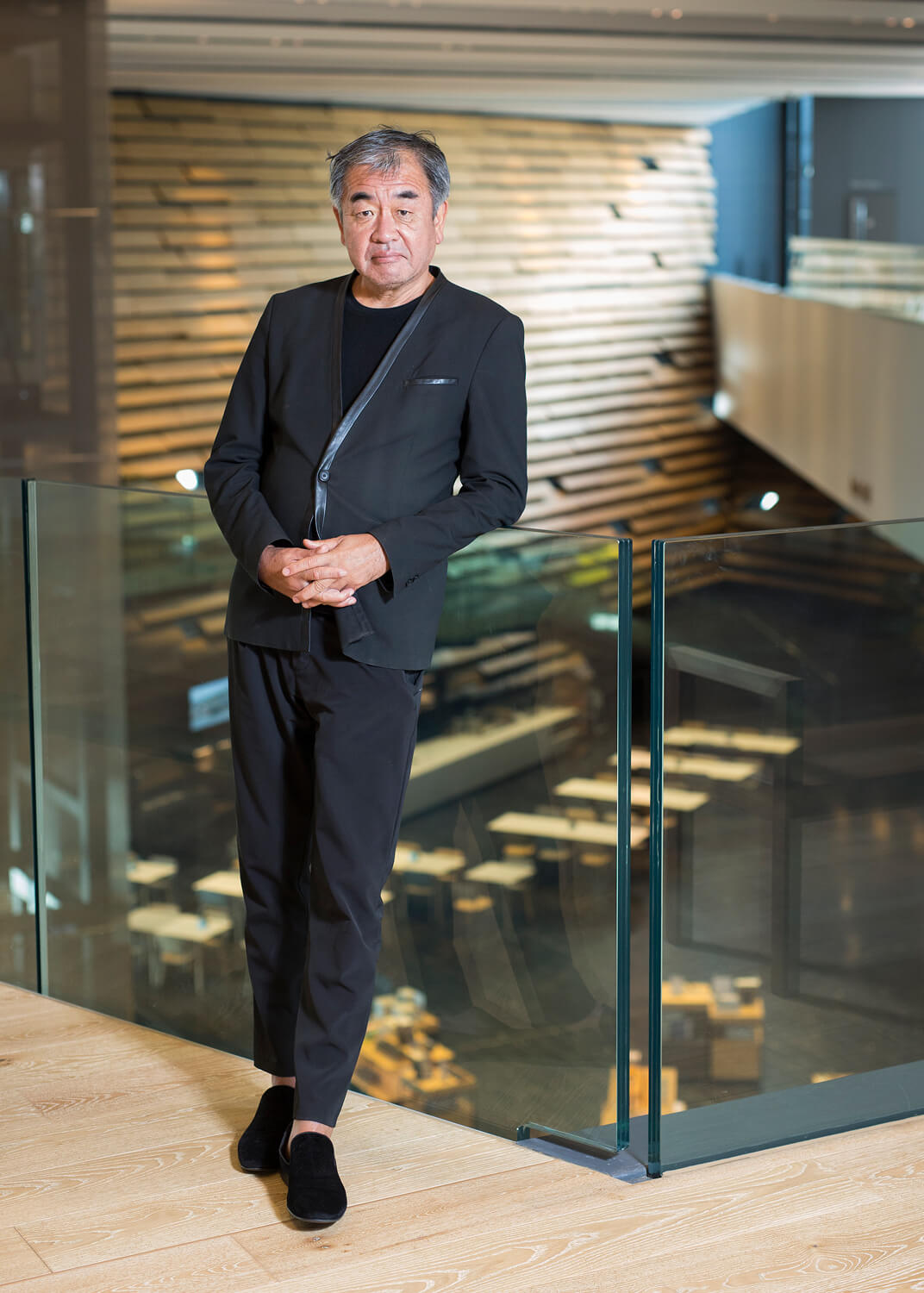
© Michael McGurk
TRENDING
-
The Tattoos that Marked the Criminals of the Edo Period
Traditional tattoos were strong signifiers; murderers had head tattoos, while theft might result in an arm tattoo.

-
‘Shojo Tsubaki’, A Freakshow
Underground manga artist Suehiro Maruo’s infamous masterpiece canonised a historical fascination towards the erotic-grotesque genre.

-
The Story of Sada Yacco, the Geisha who Bewitched Europe
Described by Dazed magazine as the first beauty influencer, she has been restored to her former glory since 2019.

-
Ito Jakuchu's Naturalist Paintings
From 15 September until 14 October 2018, the Petit Palais showcased the artist's iconic ‘Images of the Colourful Realm of Living Beings’.

-
Chiharu Shiota, Red Threads of the Soul
Last year, more than 660,000 people visited the retrospective 'Chiharu Shiota: The Soul Trembles' exhibit at the Mori Art Museum.


